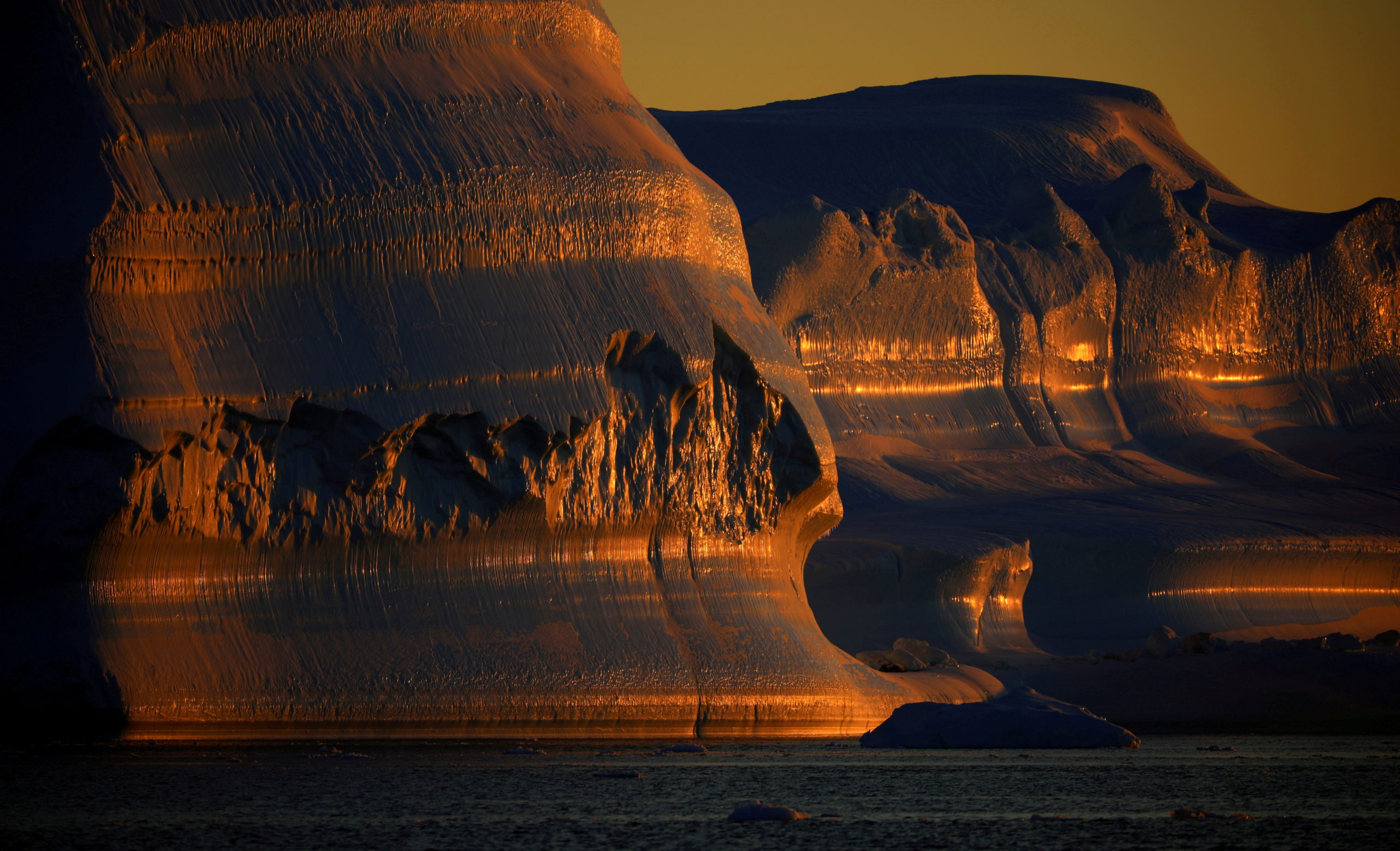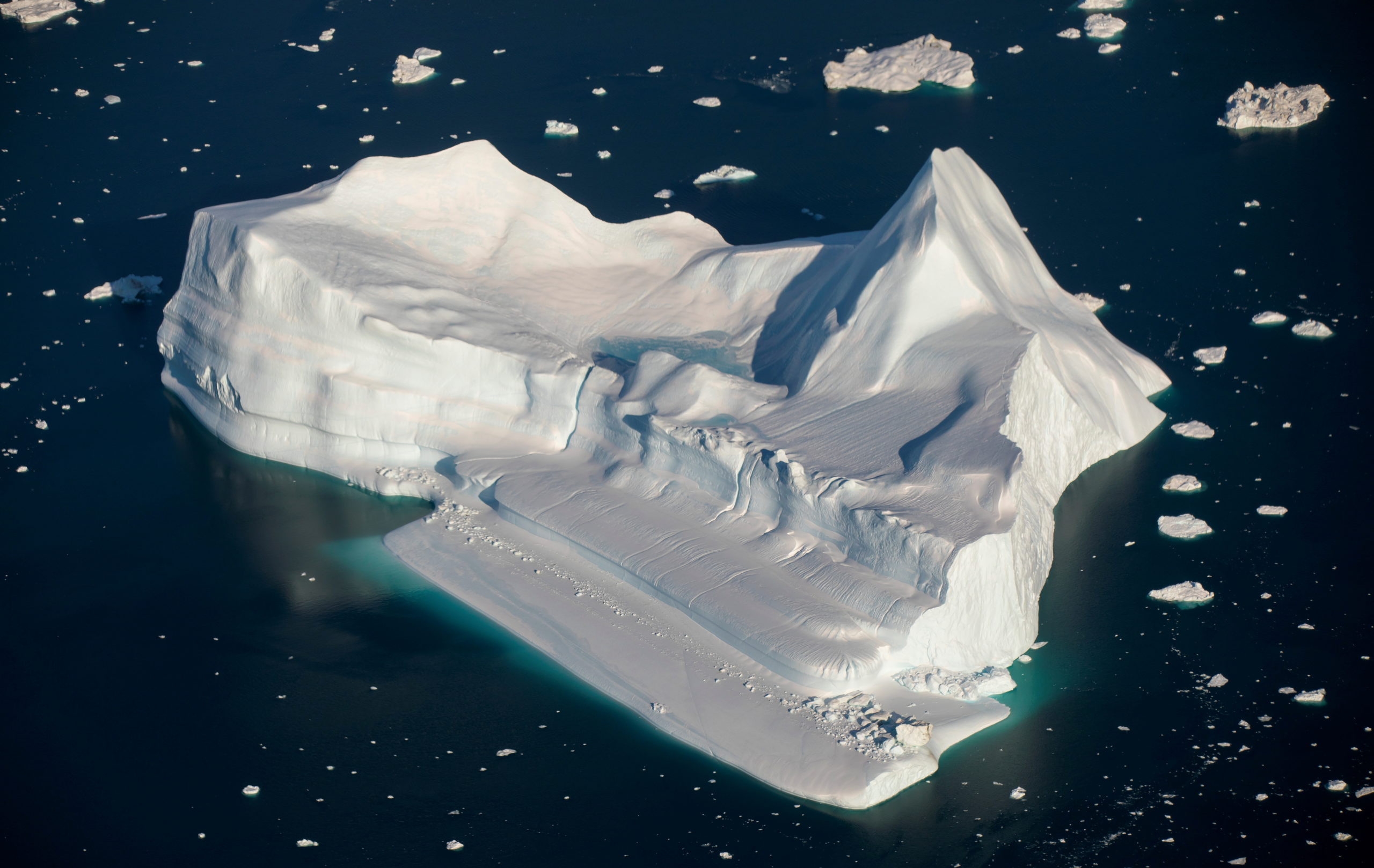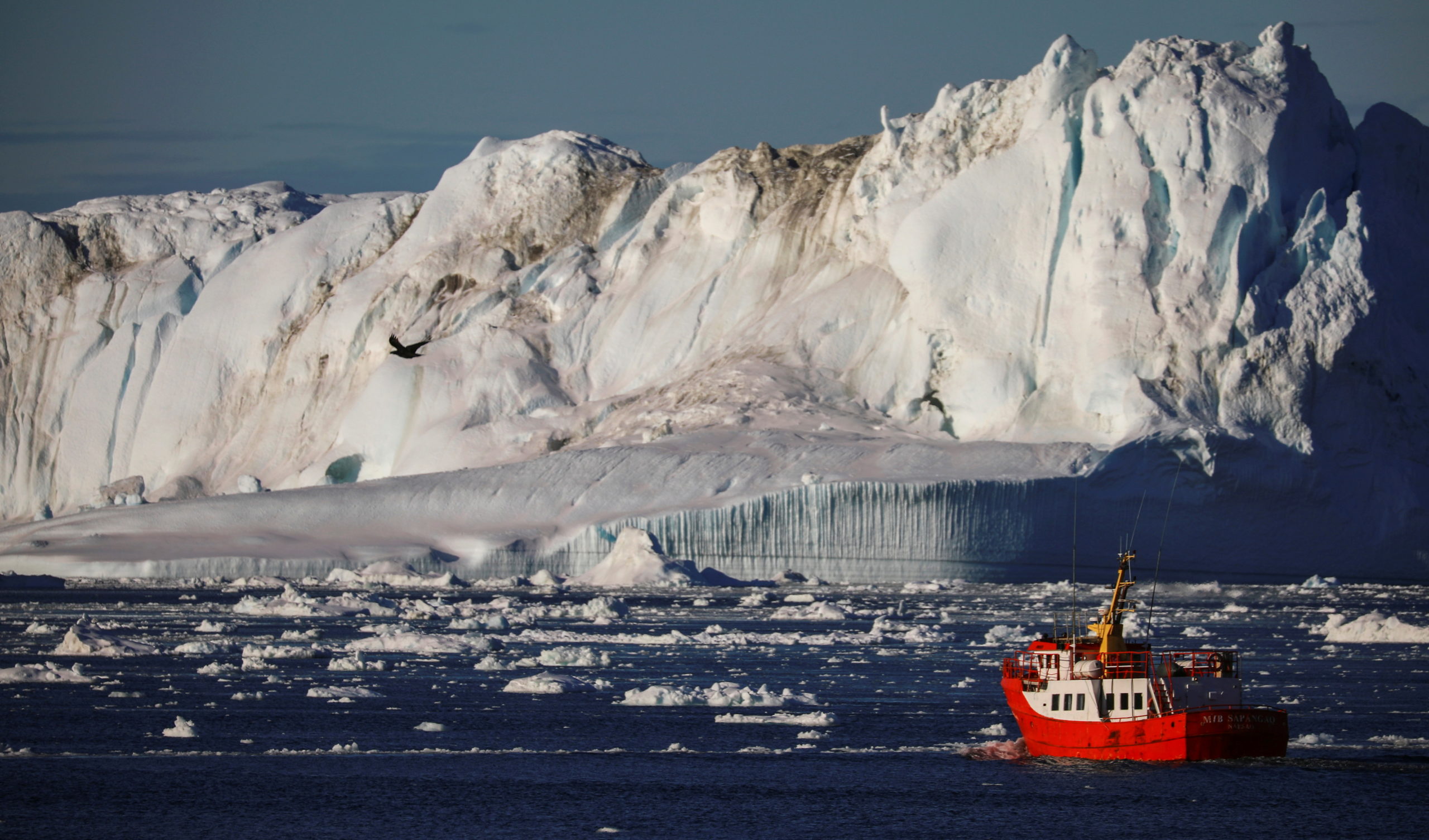Diamond giant De Beers hunts for treasure in Greenland’s waters
The company surveyed about 800 kilometers of seabed near Maniitsoq last week.

COPENAGHEN/LONDON — Mining giant De Beers has commissioned a survey of the ocean floor off Greenland’s coast in a first step to determine whether it could hold deposits of highly-prized marine diamonds.
The eight-day survey of around 800 kilometers of seabed off Greenland’s west coast, near the town of Maniitsoq, ended on Thursday last week, a spokesperson for the Geological Survey of Denmark and Greenland (GEUS), told Reuters.
The GEUS confirmed it had carried out the survey on behalf of De Beers and said it would take months to analyze.
“De Beers Marine (DBM) would like to determine whether the offshore environment is conducive to the formation of secondary diamond deposits,” an Environmental Mitigation Assessment prepared by De Beers for Greenland’s mineral resource authority and seen by Reuters showed.
De Beers, which together with Russia’s Alrosa is one of the world’s leading diamond miners, said the survey, carried out at a water depth of between 50 and 200 meters, was preliminary.
“The focus of the small-scale, early stage survey is to understand the topography of the region,” De Beers, a unit of diversified mining company Anglo American, said in an emailed statement.
Deposits of diamonds, created under high pressure in volcanoes, are known to be present onshore in west Greenland.
Offshore diamonds are generally of higher quality and command a higher price because any gems with flaws tend not to survive the journey out to sea.
Since the 1990s, marine diamond production has been concentrated in Namibia, where it accounts for around 75 precent of production volumes.
That percentage could rise as mines on land near the end of their life.
In Namibia, De Beers has a 50/50 joint venture with the government that operates special mining vessels.
The vessels suck up hundreds of square meters of sand and silt each hour from below the seabed, which is sifted on board and then semi-processed diamonds are flown to land by helicopter.
Some scientists and environmentalists have called for a ban on the practice, saying too little is known about its impact.
De Beers says it is scrupulous in protecting the environment.
The survey in Greenland avoided important fishing grounds, the report said. The waters of southwest Greenland represent the most abundant marine life in the country.
Greenland’s mineral resources ministry did not respond to a request for comment.
A semi-autonomous territory of the Kingdom of Denmark, Greenland relies on fishing and on annual grants from Denmark.
The vast Arctic island is rich in mineral resources but has only two small producing mines. Its mining industry is dominated by small exploration companies, although Anglo American secured a number of onshore exploration licenses in 2018 and 2019.
Demand is strong for minerals, such as copper and cobalt, needed for the transition to a low carbon economy. Diamond demand, which is closely linked to GDP, is more uncertain, although it has been recovering from the impact of the pandemic.

